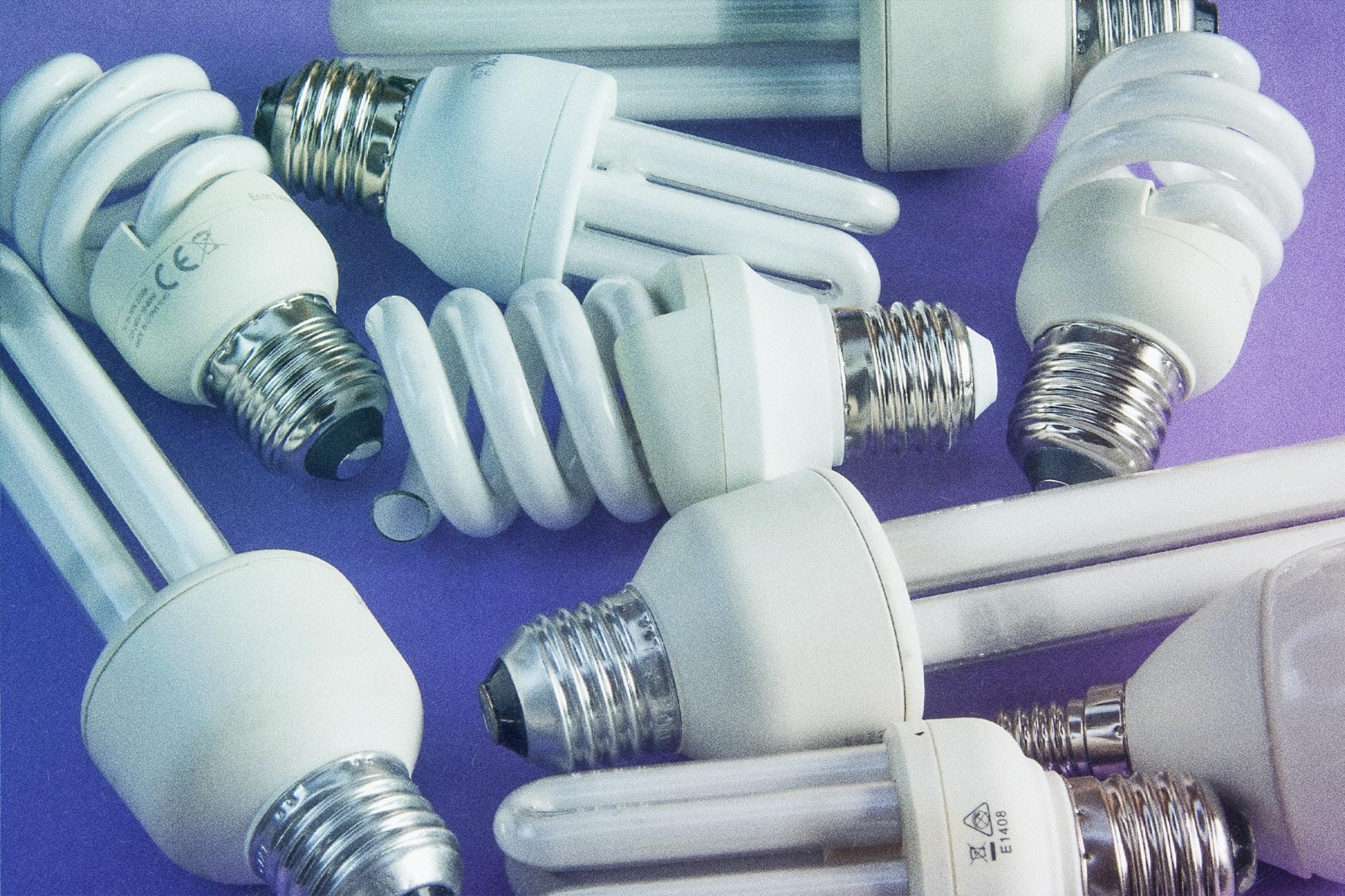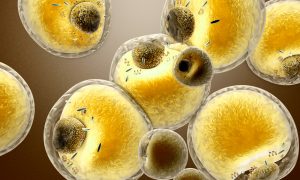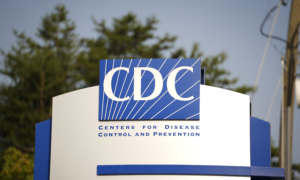Air pollution and artificial nighttime lighting could be contributing to a rise in thyroid cancer rates among children, according to a recent study from Yale.
The research suggests that exposure to these prevalent urban conditions may elevate cancer risk by as much as 25 percent.
The case-control study, recently published in Environmental Health Perspectives, involved 736 children diagnosed with papillary thyroid cancer in California, comparing them with 36,800 control subjects without cancer.
Researchers evaluated the impact of two environmental factors during the perinatal period—from before birth to a year after delivery. One factor was fine particulate matter (PM2.5) air pollution, and the other was exposure to outdoor artificial light. These microscopic particles are a major concern for public health because their small size allows them to travel deep into the respiratory tract, reaching the lungs and even entering the bloodstream.
They found that for each 10 micrograms per cubic meter increase in PM2.5, there was a 7 percent rise in the odds of developing papillary thyroid cancer. This relationship was more pronounced among older adolescents aged 15 to 19 and Hispanic children.
Children exposed to higher levels of PM2.5 had a significantly increased risk of thyroid cancer, with the odds rising by 25 percent in the most exposed groups.
Most Common Thyroid Cancer
Papillary thyroid cancer is the most common type of thyroid cancer, accounting for about 80 percent of all thyroid cancer cases. While generally slow-growing with a good prognosis when caught early, the disease often presents as a painless lump or swelling in the neck, sometimes accompanied by swollen lymph nodes.
For parents, it may be difficult to identify symptoms of thyroid disorders, as they are commonly overlooked as behavioral disorders or other medical conditions, Dr. Francisco Contreras, chief oncologist at Oasis of Hope Hospital, told The Epoch Times.
“In particular, symptoms to watch out for are irregular heartbeat, sleep disturbances, abnormal sweating, heat intolerance, and unexplained nervousness,” he said.
Why Environmental Factors Affect Cancer Risk
According to the study authors, PM2.5 air pollution may disrupt thyroid hormone function, potentially contributing to the growing incidence of pediatric thyroid cancer. The particles stimulate lung tissues to release pro-inflammatory proteins into the body, creating an environment that encourages DNA damage, possibly leading to cancer. Additionally, PM2.5 air pollution can promote the growth of cells with preexisting cancer-causing mutations.
Previous research has found that PM2.5 air pollution may increase thyroid cancer risk through increased inflammation, oxidative stress, and disruption of thyroid hormone production.
PM2.5 particles are tiny, with a diameter of 2.5 micrometers or less—about 28 times smaller than the width of a human hair.
Artificial Lighting
Artificial lighting can affect the body’s circadian system or biological clock and influence the hypothalamic-pituitary-thyroid axis, responsible for maintaining normal levels of thyroid hormones.
Changes in light exposure and disruptions to natural light-dark cycles could lead to a misalignment of genetic and metabolic processes, according to the researchers, thereby increasing the risk of cancer.
Rising Rates of Childhood Thyroid Cancer
The incidence of pediatric thyroid cancer has
increased in recent decades, with a significant
uptick after 2006, according to the Surveillance, Epidemiology, and End Results database, population-based information on cancer incidence and survival in the United States.
While pediatric thyroid cancer is still rare, affecting approximately five children per million in the United States, the rates are increasing about 3 to 5 percent per year both in the United States and globally, Nicole Deziel, associate professor at Yale School of Public Health and study author, told The Epoch Times.
“Teenage girls between the ages of 15 and 19 have the highest incidence rate,” she said, emphasizing that pediatric patients with the most common forms of thyroid cancer have a greater than 95 percent survival rate.
Despite high survival rates, Deziel noted that “pediatric thyroid cancer survivors face major challenges,” including secondary effects of therapy, such as increased rates of leukemia and salivary gland cancer, fatigue, and mental health conditions such as anxiety and depression.
Why Are Rates Increasing?
There are several potential factors behind the rising incidence of pediatric thyroid cancer.
One reason may be that medical imaging techniques have improved, offering earlier detection of very small nodules that may not have progressed to a serious disease, according to Deziel.
“However, many scientists do not think this can fully explain the trend,” she noted. “Environmental exposures, particularly endocrine-disrupting chemicals, are being investigated as contributing factors.”
Higher body mass index among children could also contribute to the trend.
“In our research, we have found a link between higher birth weight and risk of pediatric thyroid cancer, as well as links between exposure to air and light pollution,” Deziel said. For decades, we have been exposed to environmental toxins that act as endocrine disruptors, substances that interfere with the body’s hormone system, potentially causing adverse health effects leading to increased rates of chronic disease and cancer, Contreras said.
Several environmental toxins are known to act as endocrine disruptors, interfering with the body’s hormone systems. These include phthalates, dioxins, bisphenol A (BPA), polychlorinated biphenyls, which are found in plastics and food packaging, as well as pesticides such as DDT and atrazine, and some heavy metals such as cadmium, which can enter the air through the burning of fossil fuels and municipal waste.
She noted that children’s ongoing exposure to long-lasting endocrine-disrupting chemicals leads to an early buildup of toxins that impairs thyroid function, increasing their risk of developing thyroid cancer in childhood.













